Challenge
Park managers face persistent challenges in influencing visitor behavior, including reducing the spread of invasive plant species and ensuring dogs are kept on-leash. While persuasive messaging strategies have been studied extensively, the role of graphic design in capturing visitor attention and motivating behavioral change remains underexplored. This study sought to determine whether graphic design elements could enhance the effectiveness of signage in a park setting.

 Signage and messaging for the treatments were designed by students at the University of Kansas and University of Montana using MURAL, a online collaboration tool.
Signage and messaging for the treatments were designed by students at the University of Kansas and University of Montana using MURAL, a online collaboration tool.
Approach
The study used an experimental design featuring six unique signage treatments deployed at a popular trailhead in Missoula, MT.
These signs targeted two issues:
Treatments incorporated diverse graphic design strategies, including high color contrast, large scale typography, and "typography as image." Researchers observed visitor attention and behavior to assess each design's effectiveness in meeting management goals.
The study used an experimental design featuring six unique signage treatments deployed at a popular trailhead in Missoula, MT.
These signs targeted two issues:
- Encouraging shoe-cleaning to limit the spread of invasive weeds
- Promoting compliance with leash regulations for dogs.
Treatments incorporated diverse graphic design strategies, including high color contrast, large scale typography, and "typography as image." Researchers observed visitor attention and behavior to assess each design's effectiveness in meeting management goals.
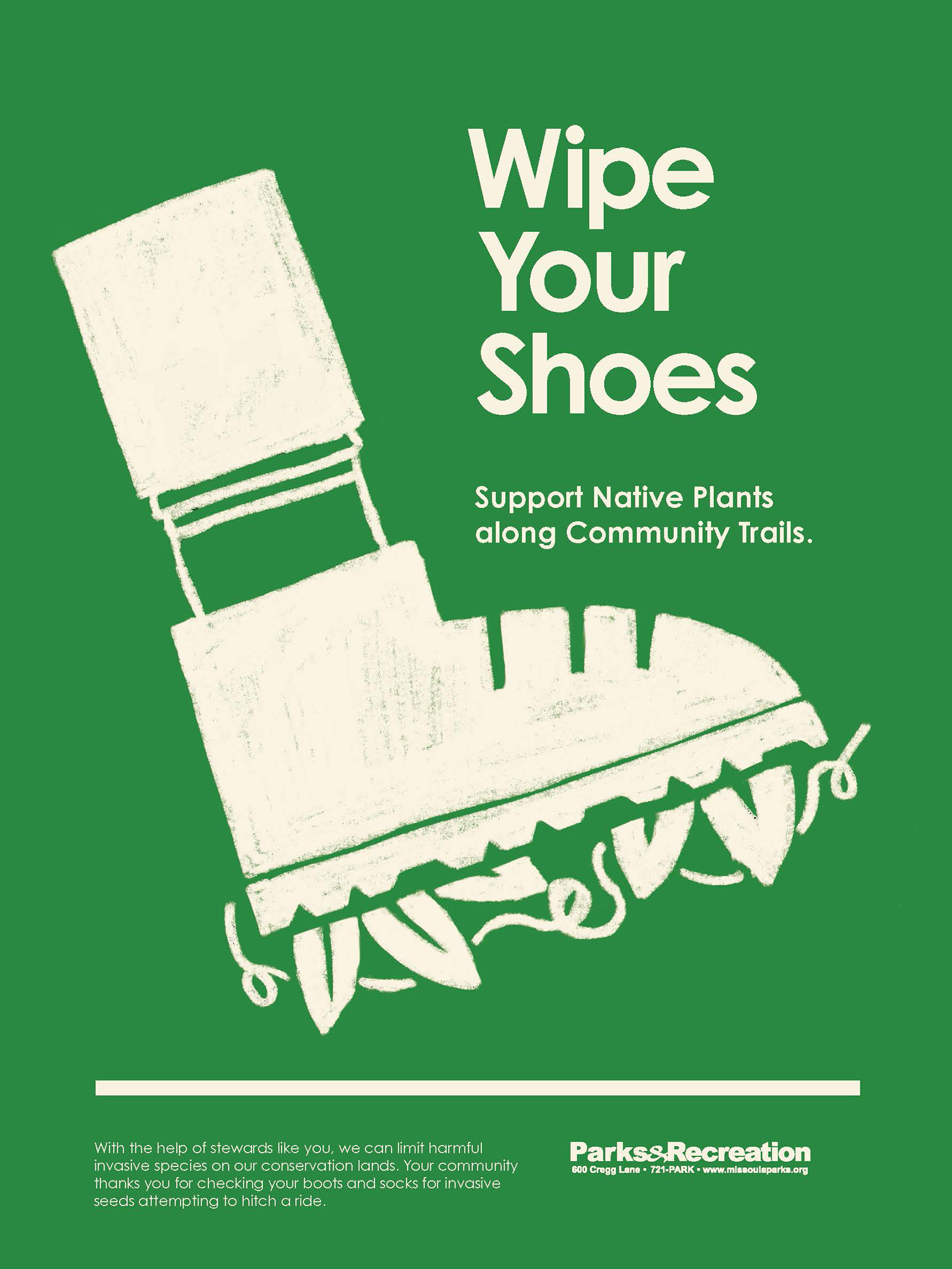


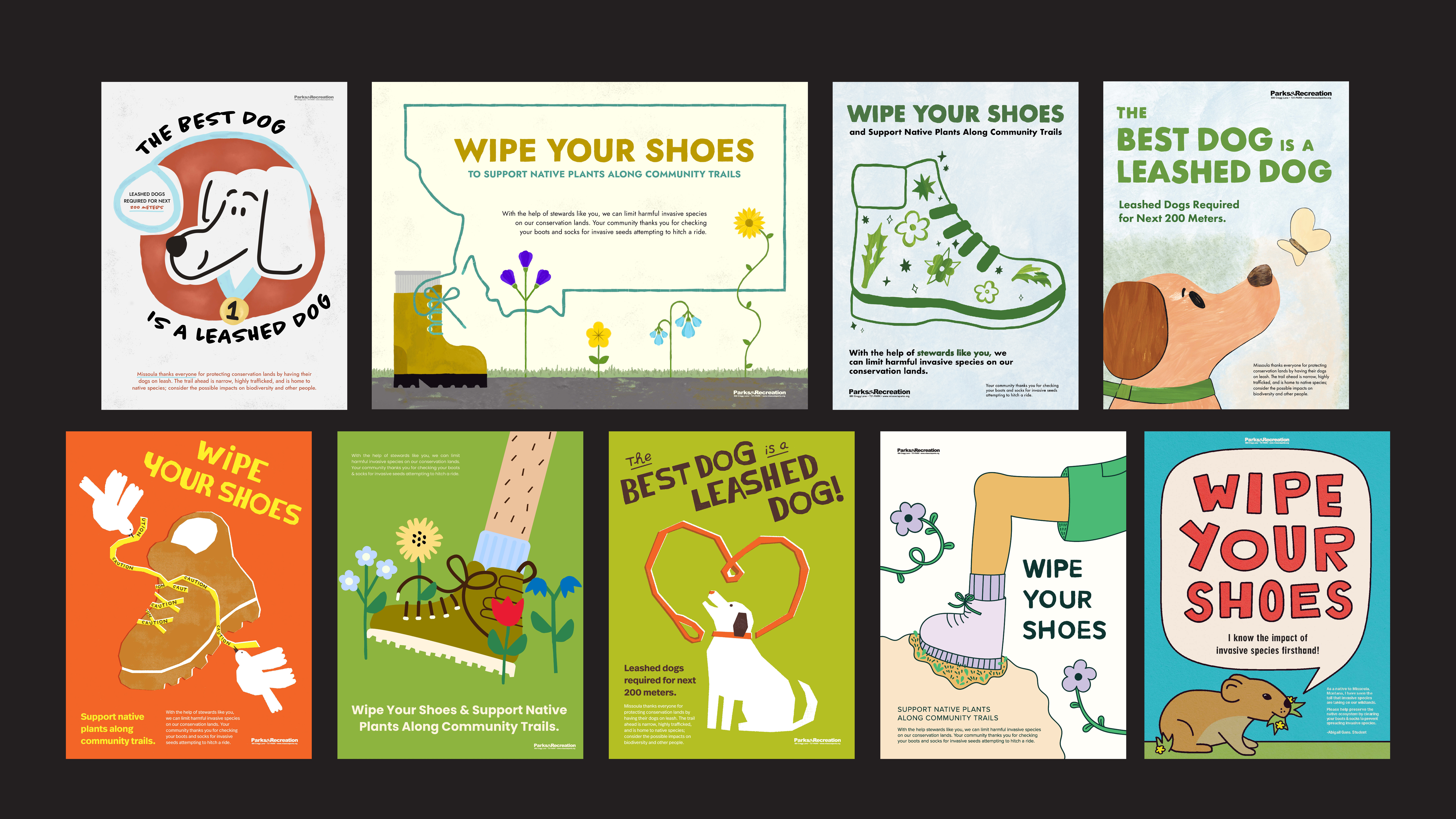
Findings
Signs with bold graphic design elements (e.g., high contrast and integrated typography) were the most effective in capturing attention and influencing behavior for both issues. Administrative-style signs emphasizing authority also captured attention but were less effective in altering behavior. Successful designs engaged visitors through a combination of visual appeal and clear messaging.
- Successfully capturing the attention of visitors (even just a glance) increased their likelihood of using the shoe brush by over 85x.
- The most successful signage treatment increased leash compliance by 33% compared to the traditional agency signage.
Findings
Attention is Key: Capturing visitor attention increases the likelihood of behavioral change, especially when visitors take time to process the sign’s message.
Balance Matters: Effective signs blend authority with creativity, leveraging both administrative cues and compelling design features.
Design Techniques Influence Behavior: Graphic design elements, such as "typography as image" and strategic use of color, can drive behavior change by making messages more engaging and memorable.

Challenge
Grand Teton National Park faces significant challenges in mitigating vehicle-related risks to grizzly bears along a critical wildlife corridor within the Greater Yellowstone Ecosystem. Despite speed limits, drivers often fail to comply, increasing the likelihood of harmful encounters with wildlife. This project addressed a gap in understanding how graphic design can influence driver behavior to support conservation goals, focusing on reducing vehicle speeds.


Approach
Our team employed an iterative design process, developing and testing a range of prototype signs in situ to determine their effectiveness in reducing speeding. Five sign treatments were selected for comparison against a control (no sign).”
The evaluation incorporated data from speed monitoring equipment, with binary logistic regression used to analyze factors influencing speed compliance, such as vehicle type, following distance, commuting patterns, time of day, and environmental conditions. The signs varied in design, messaging, and tone, including regulatory and non-regulatory approaches, with some leveraging social norms and evocative visual elements to influence driver behavior.

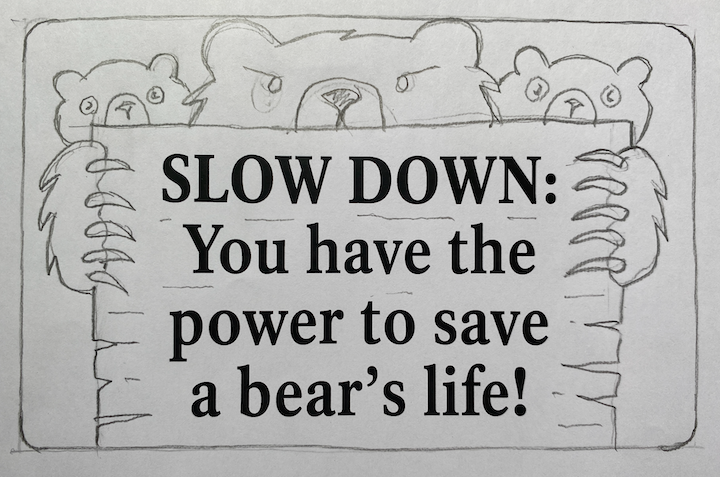
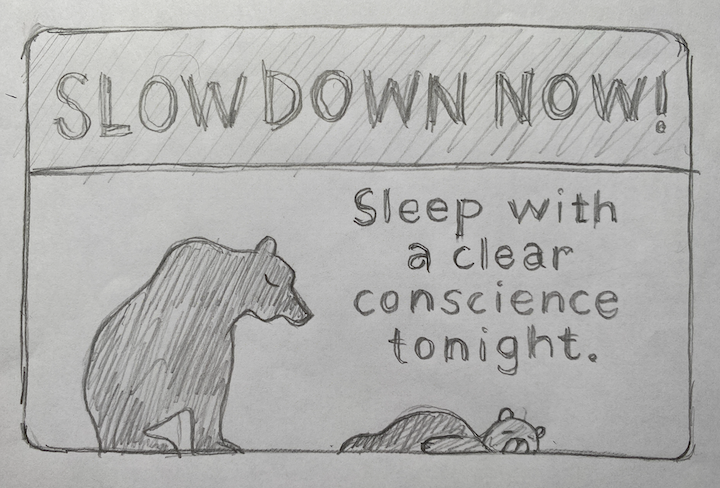
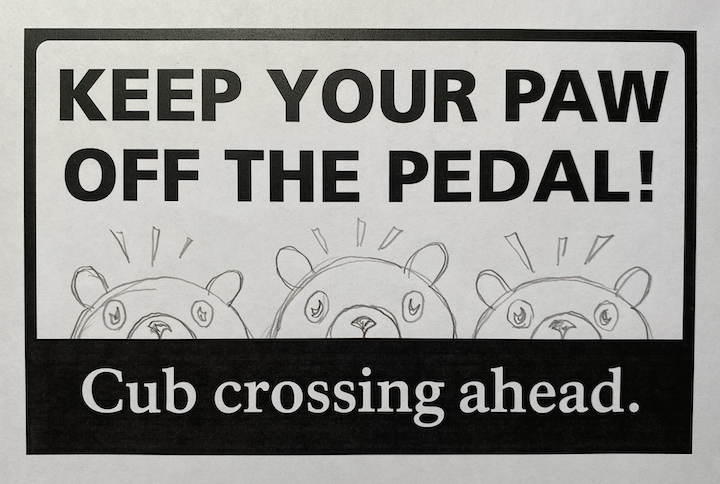

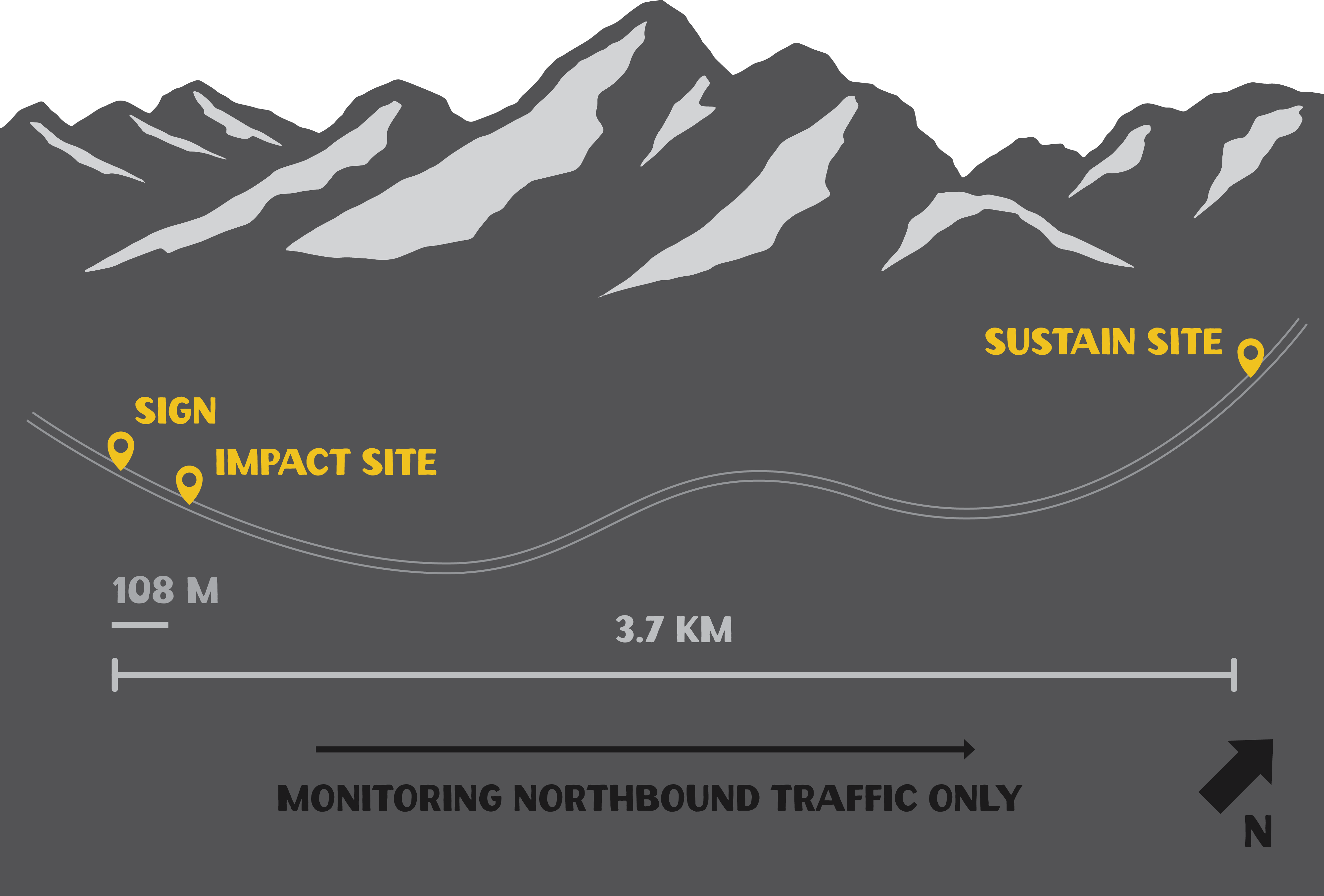
Findings: Immediate Impact
The most effective sign reduced the odds of speeding by 35% at the impact site (100 meters from the sign). This sign employed a social normative message combined with an innovative design aesthetic, featuring child-friendly illustration styles and typography reminiscent of a children’s book. The approachable, non-authoritative tone encouraged drivers to comply voluntarily, demonstrating the power of pairing unconventional graphics with conservation messaging.
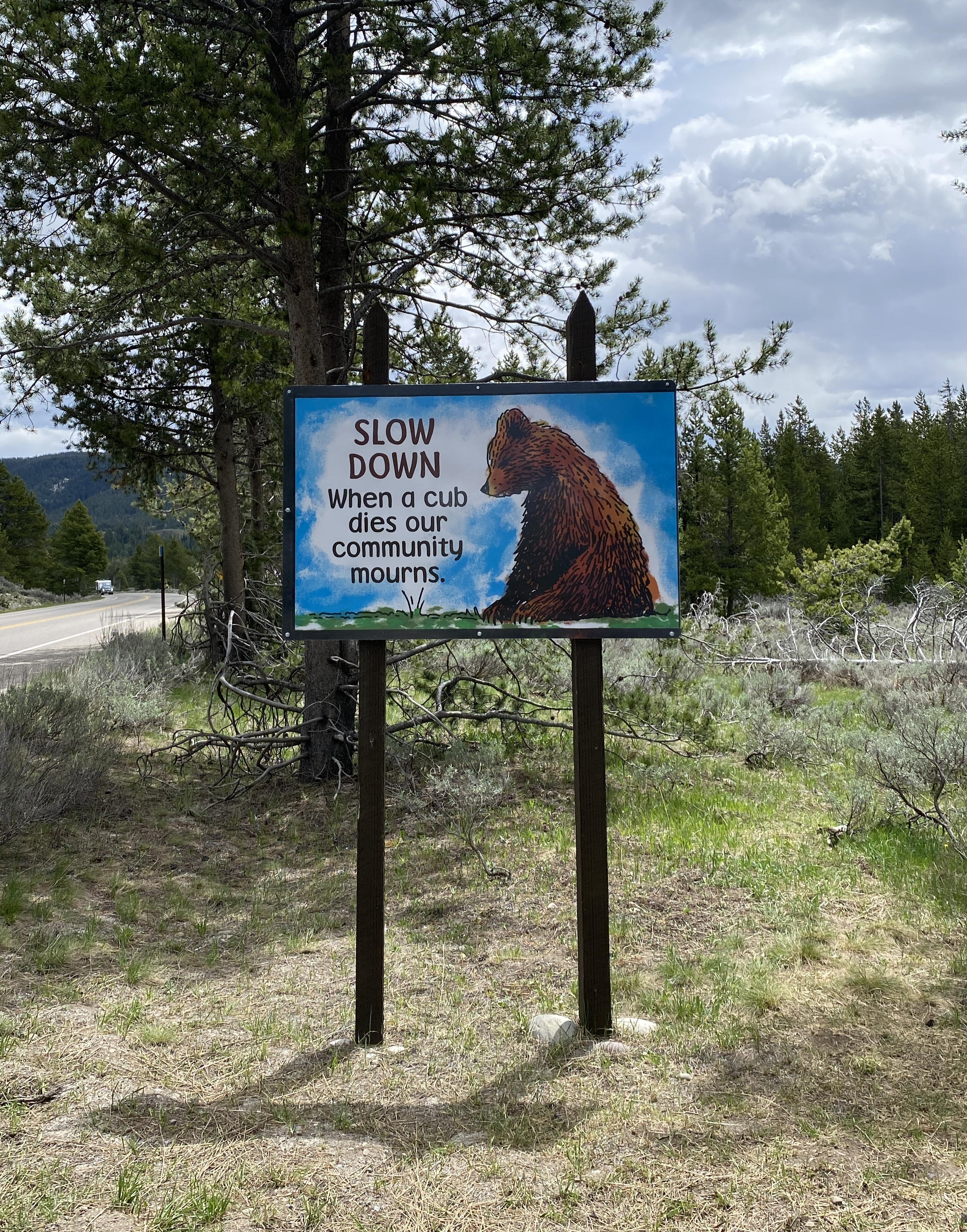
Sustained Impact
Another effective sign reduced the odds of speeding by 20% further down the corridor (3.7 kilometers from the installation) It successfully decreased the number of reckless drivers (>15 MPH over the speed limit) by 4 to 7 per daycompared to control conditions.
This sign adopted a non-regulatory message, emphasizing the presence of grizzlies, particularly a mother and cub, through WPA-inspired typography and a solemn, evocative illustration of the bears. The design’s association with the National Park Service’s heritage branding further reinforced credibility and resonance with drivers.
![]()
![The most successful sign employed a combination of strategies we learned from the initial testing phase. This sign was designed entirely on site.]()
Insights
Key findings underscore the importance of combining graphic design and social science to influence behavior:
![]()
![]()
Another effective sign reduced the odds of speeding by 20% further down the corridor (3.7 kilometers from the installation) It successfully decreased the number of reckless drivers (>15 MPH over the speed limit) by 4 to 7 per daycompared to control conditions.
This sign adopted a non-regulatory message, emphasizing the presence of grizzlies, particularly a mother and cub, through WPA-inspired typography and a solemn, evocative illustration of the bears. The design’s association with the National Park Service’s heritage branding further reinforced credibility and resonance with drivers.

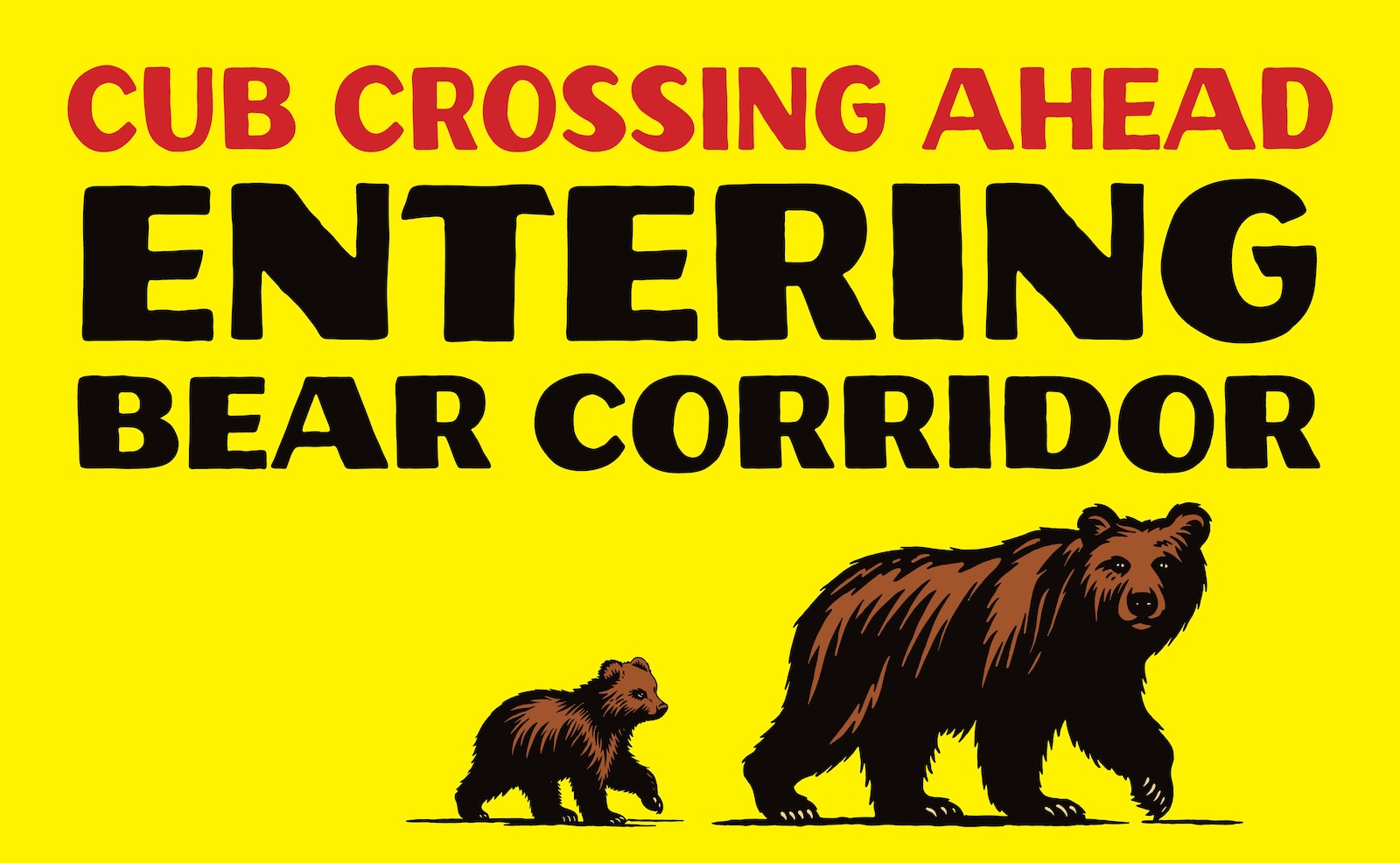
Insights
Key findings underscore the importance of combining graphic design and social science to influence behavior:
- Social Norm Messaging: Emphasizing community standards around safe driving proved highly persuasive.
- Integrated Graphics and Text: Designs that blended visual and verbal cues effectively captured attention and conveyed urgency.
- Emotional and Iconic Imagery: The use of bears in a way that elicited empathy (e.g., a mother protecting her cub) fostered emotional connection and encouraged compliance.
- Iterative Design: Prototyping and testing in situ allowed for the development of site-specific solutions tailored to driver behavior and environmental conditions.


TOWGOTEE PASS GALLERY INTERVENTION
Challenge
Visitor-wildlife conflict is a pressing issue in the Greater Yellowstone Ecoregion (GYE), with grizzly bear encounters near roadways posing significant risks to both humans and animals. Despite the dangers, many visitors seek close interactions with bears, leading to unsafe behaviors such as leaving vehicles to approach wildlife. Traditional messaging has struggled to address this “bear blindness,” necessitating a design-focused reevaluation of roadside bear safety signage.
Challenge
Visitor-wildlife conflict is a pressing issue in the Greater Yellowstone Ecoregion (GYE), with grizzly bear encounters near roadways posing significant risks to both humans and animals. Despite the dangers, many visitors seek close interactions with bears, leading to unsafe behaviors such as leaving vehicles to approach wildlife. Traditional messaging has struggled to address this “bear blindness,” necessitating a design-focused reevaluation of roadside bear safety signage.

Approach
This project explored the design and messaging strategies of bear safety signage using the Personal Response Tour (PRT) methodology. Researchers presented a gallery of prototype signs employing diverse creative approaches to visitors, gathering qualitative reflections on their perceptions of design effectiveness.
Prototypes varied in typography, color, imagery, messaging tone, and integration with agency branding. Feedback was analyzed thematically to identify key design principles that maximize roadside safety messaging.
![]() Our team walked visitors through a gallery of prototype signs employing diverse creative approaches and gathered qualitative reflections on their perceptions of design effectiveness.
Our team walked visitors through a gallery of prototype signs employing diverse creative approaches and gathered qualitative reflections on their perceptions of design effectiveness.
This project explored the design and messaging strategies of bear safety signage using the Personal Response Tour (PRT) methodology. Researchers presented a gallery of prototype signs employing diverse creative approaches to visitors, gathering qualitative reflections on their perceptions of design effectiveness.
Prototypes varied in typography, color, imagery, messaging tone, and integration with agency branding. Feedback was analyzed thematically to identify key design principles that maximize roadside safety messaging.

Findings
Three critical design principles emerged:
Legibility in Roadside Contexts:
Signs must ensure quick comprehension by drivers and pedestrians. High-contrast text, simple typography, and strategic placement were highlighted as essential.
Telegraphic Messaging:
Concise, action-oriented language (e.g., “Stay in Your Car!”) was most effective in communicating urgent safety behaviors.
Authority and Branding:
Integration with recognizable agency visual branding, such as logos and color schemes, bolstered trust and compliance.

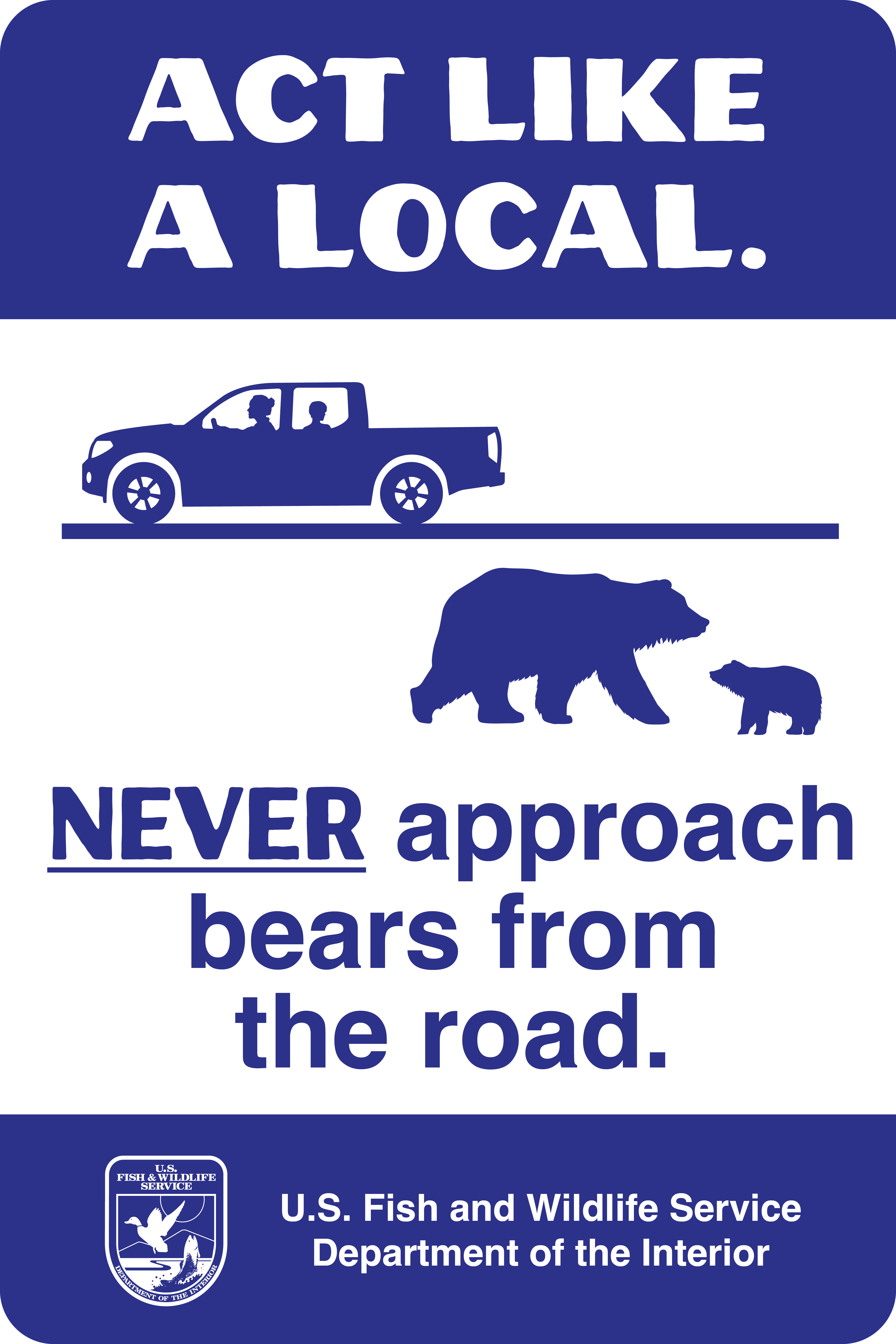
The team designed a final sign based on the visitor feedback on authority, aesthetics and messaging.
Challenge
Park managers at Grand Canyon National Park face ongoing challenges in encouraging visitors to stay on designated trails, a crucial practice for visitor safety and minimizing erosion. While research on persuasive messaging strategies has advanced, the specific role of graphic design in effectively capturing attention and motivating behavioral adherence remains underexplored. This study aimed to evaluate whether graphic design elements, such as color, typography, and imagery, could enhance the effectiveness of signage in promoting trail stewardship and influencing visitor behavior.


CONSERVATION COMMUNICATION COLLABORATIVE
